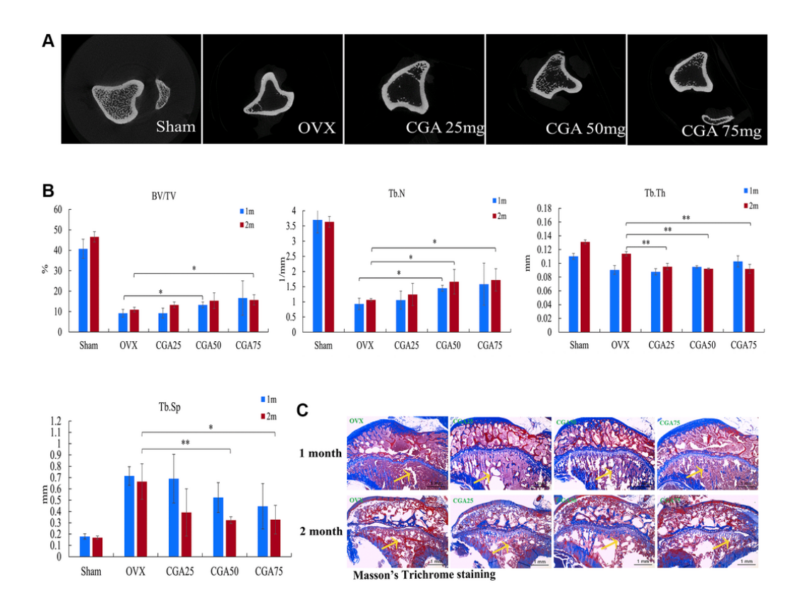PRESS RELEASE: A new research paper was published in Aging’s Volume 16, Issue 5, entitled, “Chlorogenic acid prevents ovariectomized-induced bone loss by facilitating osteoblast functions and suppressing osteoclast formation.”
Aging (Aging-US) Authors
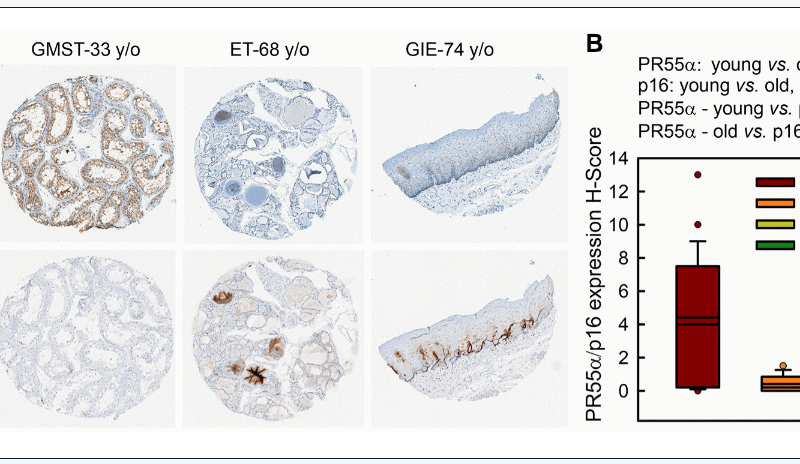
PRESS RELEASE: On March 4, 2024, a new research paper was published in Aging’s Volume 16, Issue 5, entitled, “PR55α-controlled protein phosphatase 2A inhibits p16 expression and blocks cellular senescence induction by γ-irradiation.”
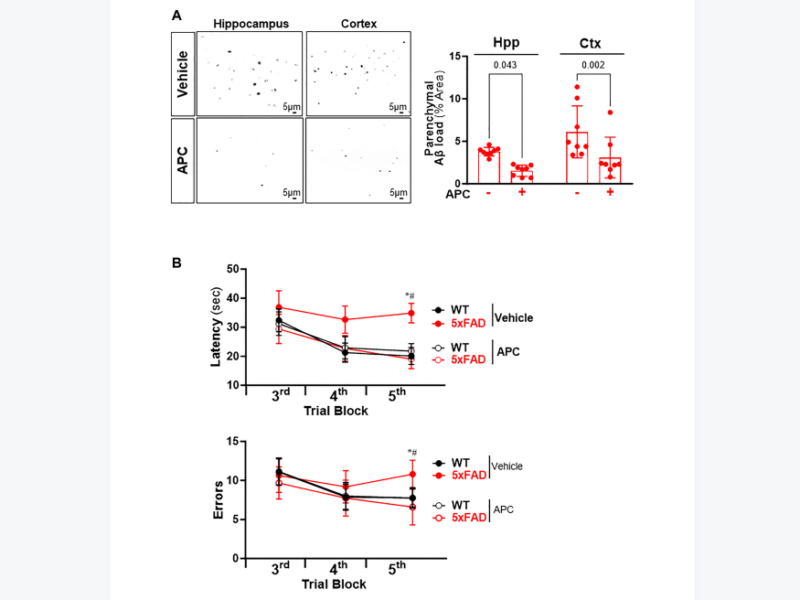
PRESS RELEASE: A new research paper was published in Aging’s Volume 16, Issue 4, entitled, “Single-Cell RNA-seq reveals transcriptomic modulation of Alzheimer’s disease by activated protein C.”
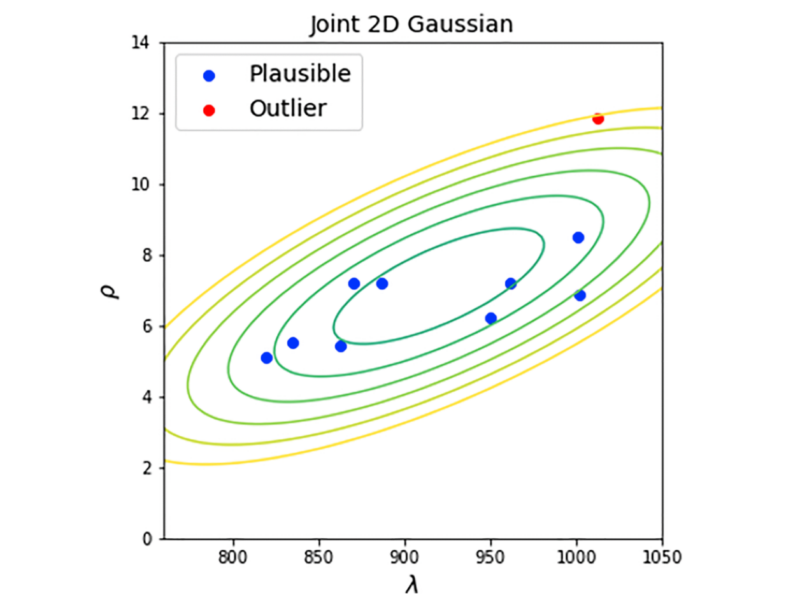
PRESS RELEASE: A new research perspective was published in Aging’s Volume 16, Issue 4, entitled, “On standardization of controls in lifespan studies.”
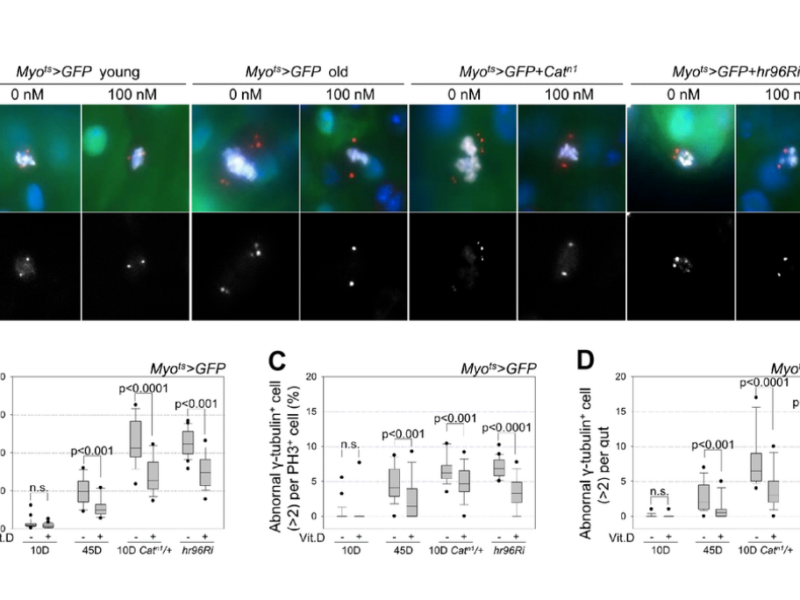
PRESS RELEASE: A new research paper was published in Aging’s Volume 16, Issue 3, entitled, “The anti-aging effect of vitamin D and vitamin D receptor in Drosophila midgut.”
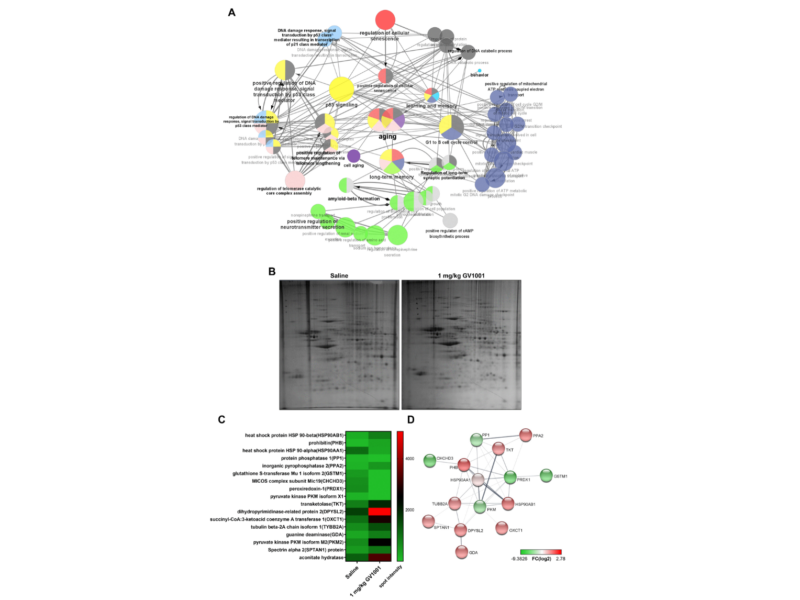
PRESS RELEASE: A new research paper was published on the cover of Aging’s Volume 16, Issue 3, entitled, “GV1001 reduces neurodegeneration and prolongs lifespan in 3xTg-AD mouse model through anti-aging effects.”
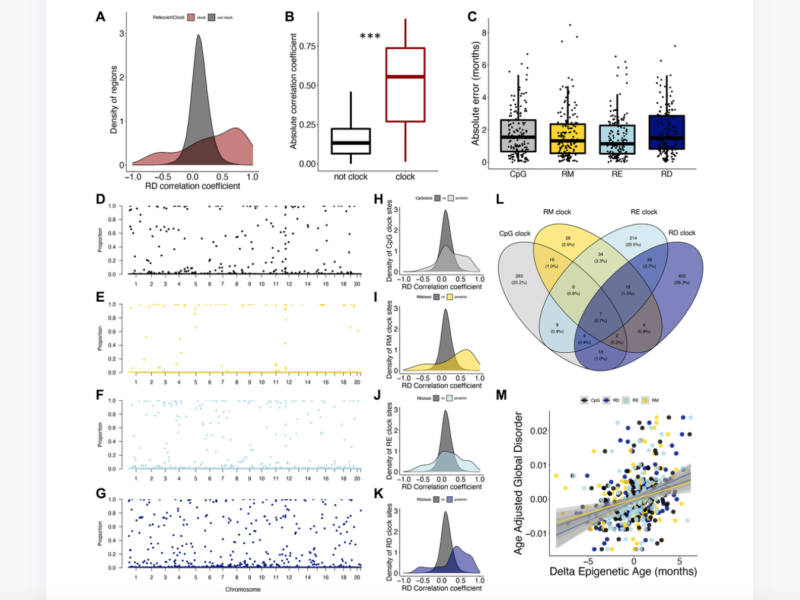
PRESS RELEASE: A new research paper was published in Aging’s Volume 16, Issue 2, entitled, “Epigenetic drift underlies epigenetic clock signals, but displays distinct responses to lifespan interventions, development, and cellular dedifferentiation.”

PRESS RELEASE: A new research paper was published on the cover of Aging’s Volume 16, Issue 1, entitled, “Effects of resveratrol on in vitro circadian clock gene expression in young and older human adipose-derived progenitor cells.”
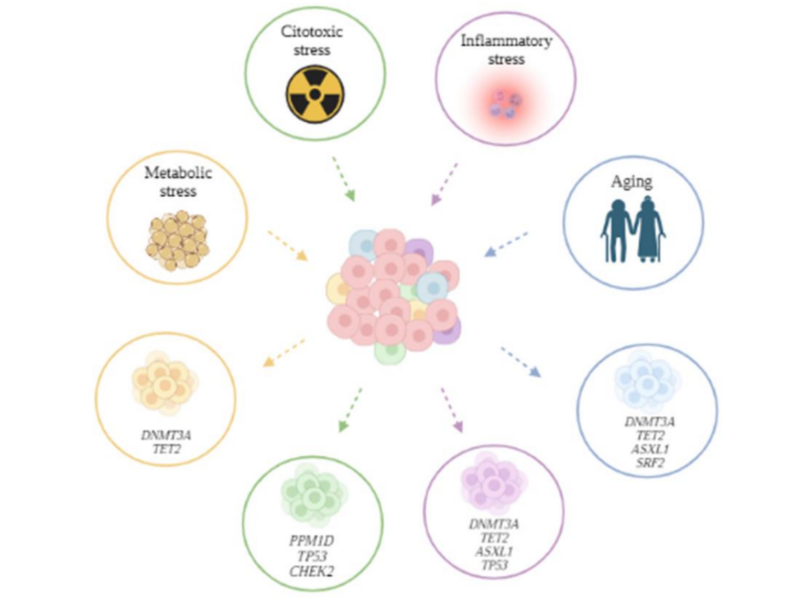
PRESS RELEASE: On December 20, 2023, a new editorial was published in Aging’s Volume 15, Issue 24, entitled, “Exploring clonal hematopoiesis and its impact on aging, cancer, and patient care.”
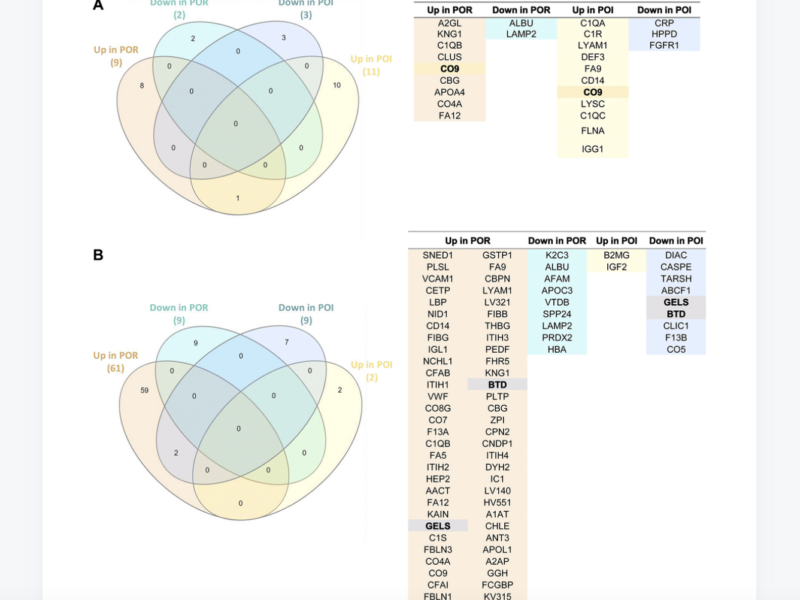
PRESS RELEASE: A new research paper was published in Aging’s Volume 15, Issue 24, entitled, “Systemic changes induced by autologous stem cell ovarian transplant in plasma proteome of women with impaired ovarian reserves.”
